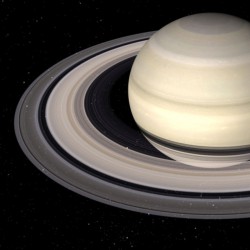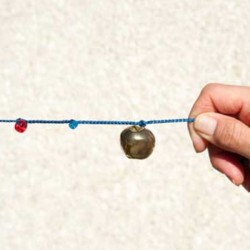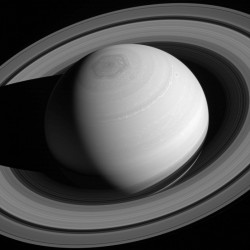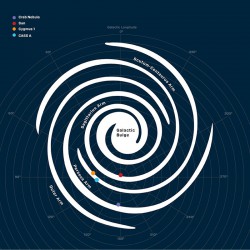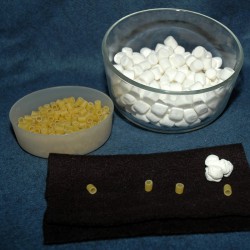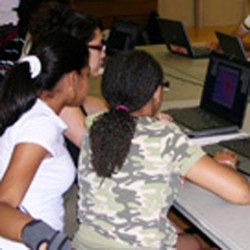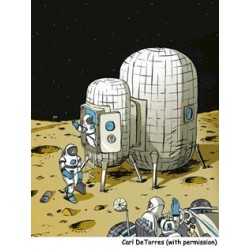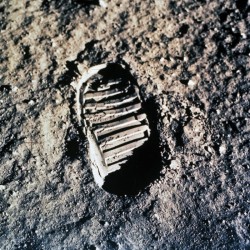Sort
Universe of Stories There are 87 items.
These activities are curated around CSLP’s 2019 Universe of Stories reading challenge. The collection celebrates space exploration, coinciding with the reading challenge.
-
Make a CD Saturn
Everyone loves Saturn! This craft uses unwanted CDs or DVDs and a styrofoam ball to make a model of the planet. 0
Check It Out
How-to Video -
Solar System Bead Activity
1 Review(s)Participants calculate and construct a scale model of the solar system using beads and string. 1814
Check It Out
-
Eclipse Chalk Art
1 Review(s)Use a circular template and chalk to create your very own eclipse art! 1818
Check It Out
How-to Video -
Dunking the Planets
Participants place scale models of the planets, represented by fruit and other foods, in water to determine their density. 0
Check It Out
-
Art and the Cosmic Connection
3 Review(s)Using NASA imagery, participants use images as inspiration for artwork while learning about geology of planetary bodies and moons 8817
Check It Out
How-to Video -
Why Do Eclipses Happen? (Yardstick Eclipse...
3 Review(s)Using simple materials, participants explore the vast distance between the Earth and Moon and model how solar and lunar eclipses happen. 9600
Check It Out
How-to Video -
How to Build a Galaxy (beta)
Use craft materials -- and 3D printed models of astronomical models -- to model our Milky Way galaxy. 0
Check It Out
-
How Do We Find Planets Around Other Stars?
Discover the techniques scientists use to find planets orbiting distant stars: use a foam ball, a toothpick, and a small ball of clay. 0
Check It Out
How-to Video -
Nuclear Fusion in Stars
1 Review(s)This simple and engaging activity explains nuclear fusion and how radiation is generated by stars, using marshmallows as a model. 1455
Check It Out
How-to Video -
Coloring the Universe (with Pencil Code)
Participants use pencilcode.net to undertake a series of simple programming exercises, including recoloring images of scenes, everday objects, and finally, a supernova and a region where stars are forming. 0
Check It Out
How-to Video -
Build a Moon Habitat
1 Review(s)Astronauts on the Moon must have homes that protect them like no home on Earth would ever need to do. Teams of participants roll sheets of newspaper to create "logs," which are stapled together to frame a "habitat" and "airlock." The structure is covered with a bedsheet and decorated with the NASA logo. 2050
Check It Out
-
Future Moon: The Footsteps of Explorers
1 Review(s)Learners model how impacts throughout the Moon's history have broken rocks down into a mixture of dust, rocks, and boulders that cover the lunar surface. 2060
Check It Out



